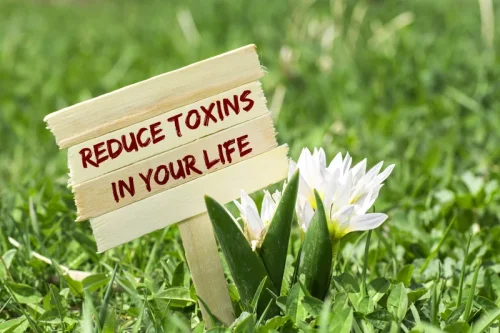- September 1, 2021
- Posted by: admin
- Category: Sober living

Finally, it’s important to remember that not all social events have to revolve around drinking. There are plenty of fun activities that don’t involve alcohol such as hiking, playing board games, or going to a movie. By focusing on other aspects of socializing, individuals with alcohol intolerance can still enjoy spending time with friends and family without feeling left out. One example of this is in East Asian populations, where up to 50% of individuals may experience alcohol intolerance due to a Halfway house genetic mutation.
- People who regularly drink any amount of alcohol can become tolerant to these impairments and show few signs of intoxication – even when there are large amounts of alcohol in their bloodstream.
- Treatment can be outpatient and/or inpatient and be provided by specialty programs, therapists, and health care providers.
- To avoid a reaction, avoid alcohol or the particular substance that causes your reaction.
How to Develop a Strong Identity Beyond Addiction
- Alcohol intolerance may cause a person to experience immediate reactions after they drink alcohol, or they may develop it hours after, the day after, or even later in life.
- Unlike other forms of alcohol tolerance that develop over time and after numerous drinking sessions, the individual may develop tolerance in a single drinking session.
- The rotations per minute and time at which the animal falls from the rod are recorded.
- Moreover, lowering your tolerance with abstinence is possible and can help set positive drinking patterns.
The body adapts to alcohol by producing more dehydrogenase enzymes, breaking alcohol down. With heavy drinking, the liver also adapts and becomes more efficient at eliminating alcohol. How long it takes to reset one’s alcohol tolerance varies from person to person and typically depends on the duration and can you get a tolerance to alcohol frequency of drinking. However, most cases of alcohol tolerance can be reset within one to two months of abstinence.
What is the standard measure of a “shot” of vodka?
This means that your brain and body are “out of practice” in terms of processing and responding to alcohol. Alcohol tolerance can be explained via several mechanisms – but here are four ways that tolerance may develop and change. Regularly drinking a certain amount of alcohol (for example, having four pints every Friday evening after work) can lead to increased tolerance. This is where the brain adapts to the effects of alcohol (such as relaxation and improved mood), and over time more alcohol is needed to achieve the same effects. It’s also not safe to assume that someone with high alcohol tolerance, who’s able to drink more without feeling drunk, is not going to see the long-term effects of excessive drinking.

Causes of Alcohol Intolerance

People who rarely drink may also find that they have low alcohol tolerance. Alcohol tolerance is an unavoidable part of regular alcohol use, but it can lead to harmful consequences if left unchecked. In that case, you should be aware of the risks and take steps to manage the situation before it degenerates into dependence or addiction. Alcohol tolerance can make an individual feel like they need to drink more alcohol to get the same level of intoxication. This feeling can cause them to binge drink, putting them at risk of alcohol poisoning and other dangers of overdrinking.



